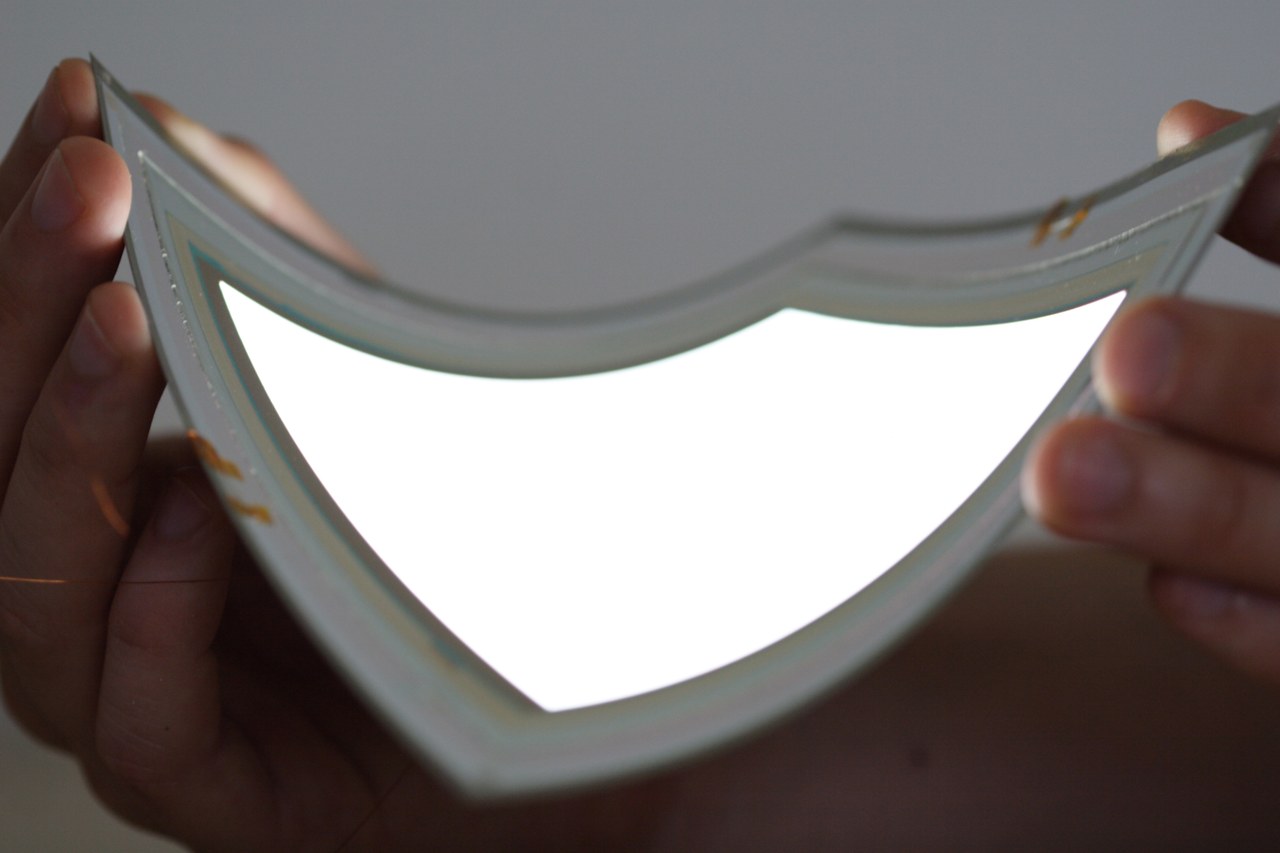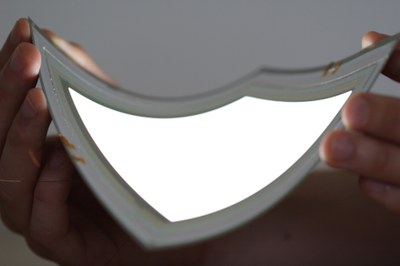Making Light Work – Light Sources for Modern Lighting Requirements
Solid state light sources are the core of modern lighting installations. To get in the right mood for the IYL 2015, Dr. James Gourlay, Chief Technology Officer with Design LED Products, looks at the ways to make LED lighting more efficient, satisfy user demands and to bring SSL design to the next evolutionary level.
Light emitting diodes (LEDs) have come a long way since the 1960s and 1970s when they were used as small indicators or made up into seven-segment displays in watches and early calculators. Today, the range of colors and the intensity has seen them find applications in everything from environmental lighting to automotive lamps. But with that maturity comes a range of different problems, not the least of which is controlling light output, especially in environmental applications.
A lot of effort is put into making LEDs and LED light sources look good and achieving the right quality. If LEDs are used in offices or homes, they need to have low glare so they do not dazzle the occupants. This is normally done using some kind of enclosure and lens system, but that can have an adverse effect on the efficiency of the light, and given efficiency is one of the main selling points of this type of illumination that is obviously not desirable.
LEDs also provide the ability to integrate the light into the fabric of a building. They can replace ceiling tiles or be embedded in pillars and posts; they can be fixed into concrete and wood and be made part of the structure of the space being illuminated. However, using conventional techniques, they still need some optical system to reduce the glare and direct the light. This adds to the thickness, making the aesthetic element more difficult.
Typically, an optical element would be attached onto the LED itself. This would normally be some kind of plastic lens, and that has become the standard way of doing this. Also available are flexible circuits containing the LEDs and these can be cut to length and embedded into the building material, but again some sort of plastic lens is needed.
This makes it thicker and removes some of the flexibility, turning it almost back into a normal light fitting. It becomes clunky again.
A more recent development that gets round some of these problems are light tiles that mount the LEDs into transparent plastics, which can have the necessary optical characteristics preinstalled, thus retaining the flexibility without a dramatic increase in thickness.
Edge-Lit LED Technology
One of the better-known LED technologies is edge-lit. This can be effective in delivering thin lighting panels with a Lambertian output beam distribution. This was the technology that brought LED televisions to the consumer market. Typically, this consists of a PMMA (polymethyl methacrylate) light-guide plate covering the extent of the LCD panel. LED light sources are placed along one, two or four edges of the PMMA light-guide plate. The light from the LEDs is coupled into the light-guide plate and guided by total internal reflection (TIR). Light extraction features disturb the TIR and allow light to escape. The pattern of the light extraction supports uniform distribution of the escaped light behind the LCD panel when configured with a rear reflector.
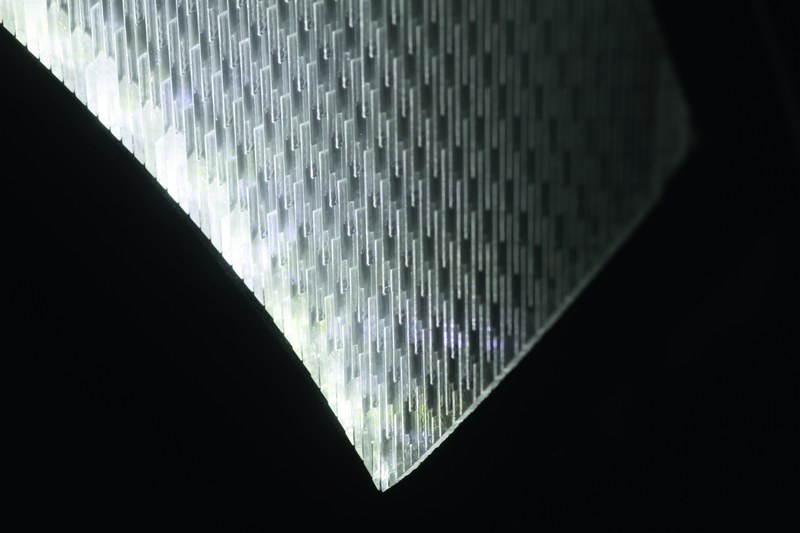
Figure 1: Flexible edge-lit LED solutions are allowed by using different approaches like this laser-cut acrylic light guide
In recent years, edge-lit LED technology has been used in lighting applications, for example 600 by 600mm Lambertian ceiling tiles. However, its main advantages of uniformity with a thin system thickness are best deployed for backlighting applications like in signage. A disadvantage of this technology is its power consumption. As the area of the backlight increases, the power consumption rises non-linearly due to the increased optical absorption and scattering losses within the light-guide polymer as the distance from the edge to the center grows. Because of the optical losses due to scattering, coupling and light-guiding, optical efficiency falls into the 40% to 60% range, in other words 60% to 40% of the light energy is lost. Coupling losses come from surface scattering and Fresnel reflection. Wave guiding losses are because of absorption in the PMMA.
OLEDs
Organic LEDs (OLEDs) use an organic compound to emit the light in response to an electric current. They can be used without a backlight, can display deep black levels and are thinner and lighter than an LCD, and with a higher contrast ratio. Though OLED is a technology mostly associated with display applications from televisions to mobile phones, there is a lot of research in making it a more suitable method of solid-sate lighting. Desk lights using OLEDs are on the market –though quite expensive – and many predict that luminaires using OLED panels will become commonly available. Already, there are companies offering OLED panels as samples for research purposes and for some more expensive installations.

Figure 2: Flexible OLEDs are a technology lighting manufacturers and lighting designers are hoping will mature
At the current development stage, technology does still have several drawbacks to being solved, though. Notably the limited lifetime and degradation over time is not constant across the colors, in that blue degrades more quickly, damaging the color balance.
There are also still serious efficiency problems, and therefore they have higher power consumption. Without a proper extra sealing, they can easily be damaged by water and moisture. However, ongoing research is addressing these issues.
Light Tiles
Light tiles are polymer films with the LED embedded inside. They are mechanically flexible and transparent, and form a light guide with the optics integrated onto the film surface. This allows functional, narrow asymmetric beam formation from the tile surface for lighting and a uniform spread of light across the surface for thin and optically efficient back lighting.
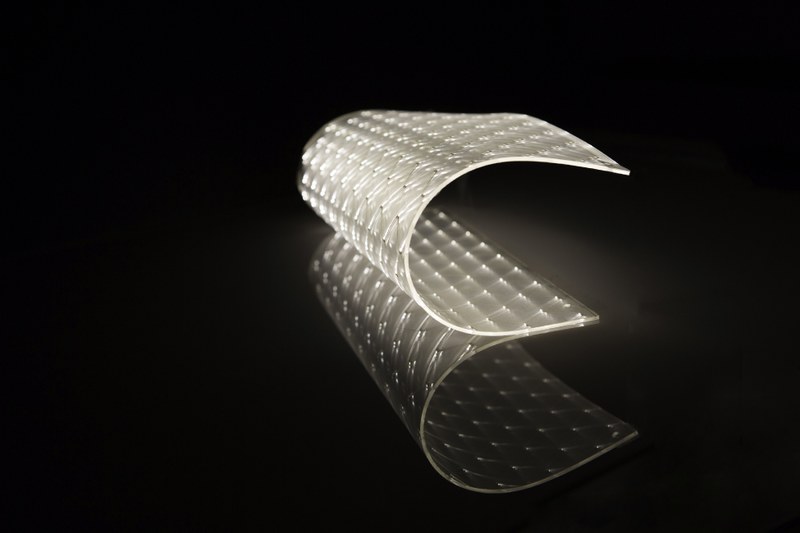
Figure 3: The integration of LEDs in a polymer film to manufacture “light-tiles” is another promising solution for flexible light sources
The light tile technology patented by Design LED Products integrates the LEDs and optics in a thin and mechanically flexible form factor. A composite light-guide structure is used to embed the LEDs into thin, mechanically flexible transparent films with surface optics. This technology evolved from large backlight panels for LCD televisions, which were used because they were cheaper and more efficient than the edge-lit LED method.
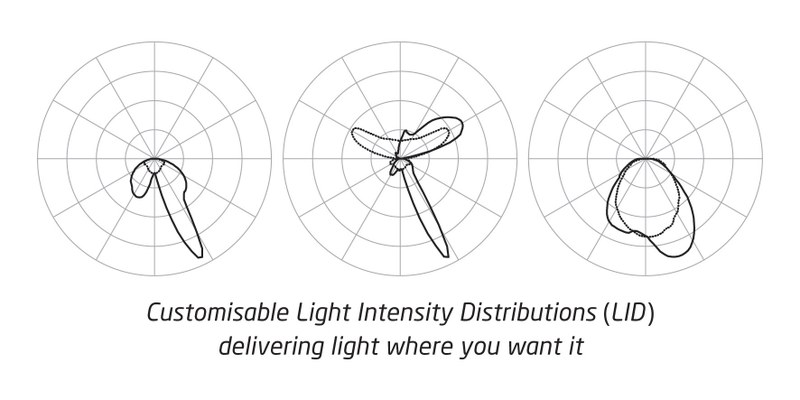
Figure 4: High efficacy LEDs encapsulated in a thin light-guide which is mechanically flexible. Optics on a light-guide surface enables both narrow (>10°) asymmetric beam angle control for lighting and uniform illumination for backlighting
A single light tile can contain a range of high efficacy LEDs with a high color rendering index and various correlated color temperatures. The LEDs are embedded in a 2D array within multi-layer polymer composite films, which act as a light guide structure to spread the light inside the tile using TIR. The transparent substrate mounts the LEDs mechanically and electrically, and they are encapsulated to form the two-layer light guide structure. The light is emitted parallel to the surface of the polymers and is trapped inside the composite layer by TIR. Refractive optical surface features can be on one or more surfaces of the light guide structure at the air interface. These disturb the TIR and allow the light to escape in a way that controls the illumination uniformity for backlighting applications and the beam angle distribution profile for lighting applications. For example, high quality prisms and a single LED orientation can create narrow emitted asymmetric beam angle distribution or a regular 2D pattern. Graded light extraction features can achieve uniform spatial distribution to a backlight graphic or screen. The tile can be transparent and the light output can be single or double sided.
An added advantage of this method is that good thermal management is inherent because the LEDs are distributed across a large surface area. This means designs are possible where the LED junction temperature does not exceed 20 ̊C above ambient. Thus often no external heat sink or spreader is needed.
The resultant illumination panels are typically less than 1 mm thick including the flexible circuit, light guide and outer graphics. Because they are solid-state products, lifetime is typically longer than ten years. They require low voltage power supplies and are intrinsically safe.
For lighting and backlighting modules, different shapes and sizes up to one meter square are possible. For curved form factors, a bend radius of more than 50 mm is achievable as is a luminous flux density up to 20,000 lumens per square meter. Beam angles range from narrow asymmetric to Lambertian.

Figure 5: Design LED lighting technology features a 2-D LED array in a multi-layer structure. Encapsulation of LEDs maximizes optical coupling, which is reflected from the optical medium interface by total internal reflection (TIR). Surface features disrupt TIR and extract light. Control of pattern and form of surface features provides control of relative light extraction
Comparing Technologies
Light tiles have up to 90” optical efficiency, which can be up to two times more efficient than edge-lit LEDs, and they are more mechanically flexible and have an asymmetric beam angle down to just ten degrees. They score even better when compared with OLED in that their lifetime is around five times longer, they are up to four times more efficient and again, are more mechanically flexible.
The alternative of mounting the LED on a PCB with secondary optics can be up to five times thicker and is less mechanically flexible. The narrow asymmetric beam angle in light tiles improves lighting control and they provide uniform illumination for backlighting. Light tiles are also modular and cut-able.
Electroluminescent lamps can also provide thin uniform lighting but they need a higher power supply and have limited color range and light output.
On power consumption, with light tiles this increases linearly with area as opposed to non-linearly with edge-lit technology. Direct-lit LED technology is also better than edge-lit for power saving and optical efficiency but not as good as with light tiles. For lifetime and thermal management, direct-lit and light tiles are similar, and both better than edge-lit.
Design Challenges
The challenge for the lighting designer is to achieve an acceptable level of brightness while still maintaining a uniformity of light. Uniformity can be key to the user experience as it creates an impression of higher quality. Bright spots need to be avoided and the light has to be directed to where it is needed.
Sometimes this can involve sacrificing the LED efficiency gains, say when the light is emitted in an unwanted direction it is often absorbed rather than redirected to where it is more useful. Diffusers are also often used to reduce hot spots and create uniformity.
The norm is for the diffuser to sit over the direct point source of LED light and damp down the differences between the hot spots and darker areas. This can lead to efficiency losses above 50 per cent of the emitted light. When this is added to other absorption losses, efficiency can be reduced by more than 70%.
This is one area where the light tiles can really help as the light is injected into a light guide, which allows the gradual and controlled escape of the light throughout the length of the guide. There are no hot spots and no need for light absorbing diffusers. Printed dots on the light guide control the location and uniformity of the escaping light. Uniformity can be above 70 per cent, a level beyond which the human eye cannot detect any variations.
Rear reflectors can prevent the system absorbing light and redirect it to increase efficiency even more. Light-blocking features can be added to increase optical isolation and contrast.
Printed light guides can also be easily modified if there are late changes to the design. Displays can be flexible or can be formed into curves. They can use any combination of red, green, blue and white light sources to create features such as color fading and secret-until-lit effects.
Easily customized, the tiles can be made in different shapes, sizes and colors.
They can also be integrated into furniture or architectural materials. The size, shape, lumen density and beam angle are all under the control of the designers, who thus have the freedom to put light of any color where and when they want.
Future Developments
Technologies like the described liones already extend the design options for luminaire and lighting designers. But future technologies will further improve the opportunities. For instance, the current research into light tiles is looking at integrating microLED and nanoLED technology to achieve a narrow device beam profile that will improve light coupling. This will lead to further cost reduction as well as improved performance. There is even the possibility to create uniform and diffuse sheets of light that would look like illuminated paper.
